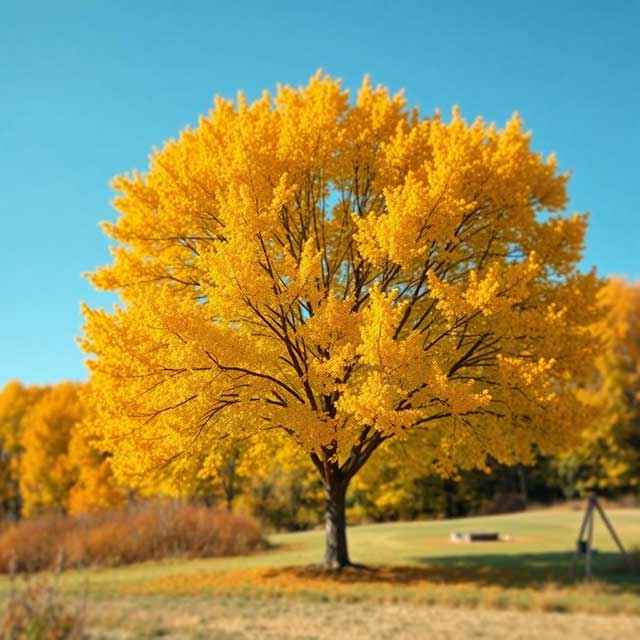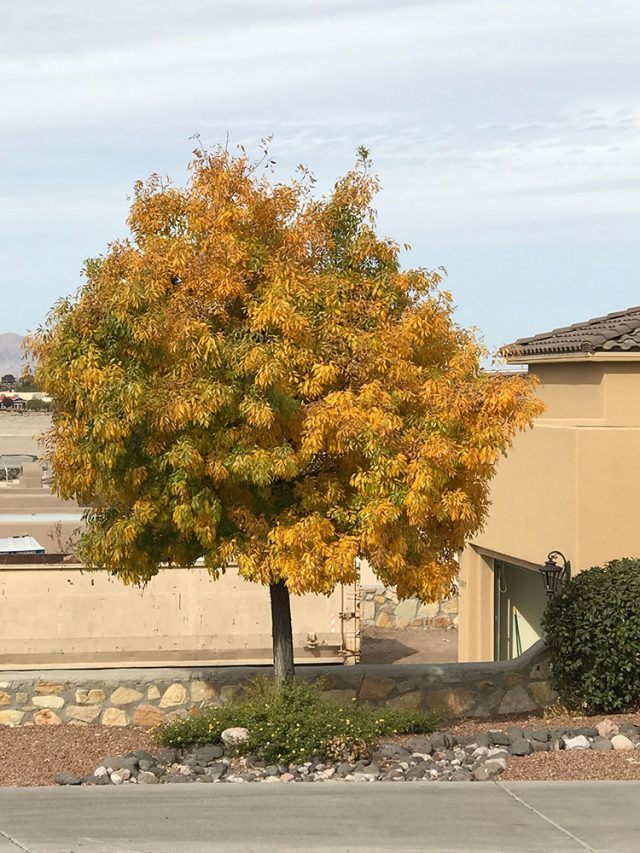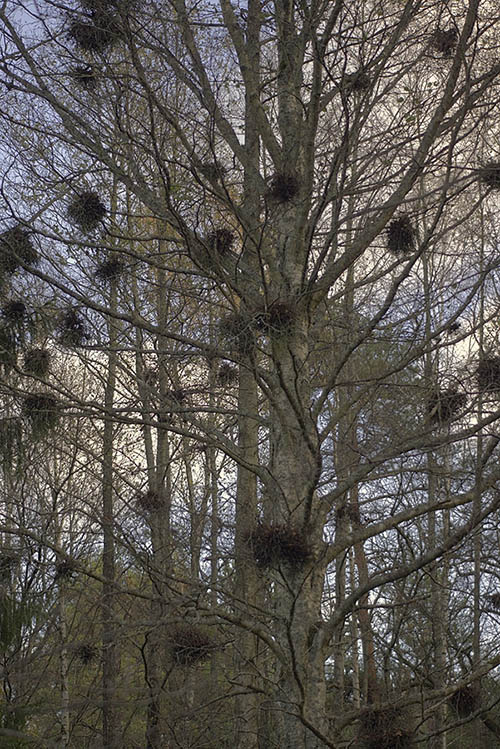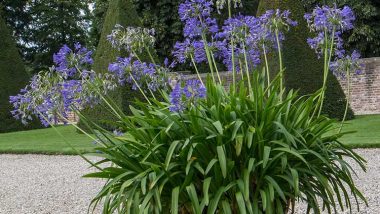Last updated on December 10th, 2024 at 07:17 am
Caring for Ash Trees Southwest USA. Six types of Ash trees do well in the Southwest. Their botanical name is Fraxinus and in the Oleaceae family.
- The Life Span of Ash Trees – This will vary from species to species.
- What types do well in the Southwest? Almost all Ash Trees – The exception is the White Ash.
- Are they cold Hardy? – Yes, they are. -30° degrees Fahrenheit.
- What about insects and diseases? – Many Ash trees are susceptible to insects and diseases.
- What about watering and planting? Most are moderate to low water.
- What species does best in the American Southwest? The Bonita and Arizona Ash do well.
The Life Span of most Ash Trees is about 50-75 years provided they are placed in the correct place. Mainly, full sun but they don’t mind some shade. Watering and fertilizing go a long way toward the life of the Ash tree, especially the first 2-3 years after initial planting. Continuous observation is also a must as they are susceptible to witches’ broom and the Emerald Ash Borer.
The white Ash tree can live up to 260 years, but again proper care and maintenance are needed particularly with the current tree situation around the world. However, the white Ash is too hot for the white Ash to survive in the Desert Southwest.

Ash Trees that do well in the Southwest
- Bonita Ash
- Arizona Ash
- Raywood Ash
- Berrinda Ash
- Texas Ash
- Modesto Ash
The Modesto, and Bonita Ash trees are very similar in size and look. However, from my own observation, the leaves on the Bonita ash are larger making it a slightly better shade tree.
A Mature Bonita Ash
In addition, Ash trees (Fraxinus velutina) can grow about 45ft. maybe 50 ft. wide and tall. They are moderately watering trees however it is best to water them often during the first 2-3 years after initial planting. Dark green leaves in early to mid-summer then slowly turn a luscious golden yellow when Autumn comes around. Its large canopy will make plenty of shade for southwestern Homes. It is a male tree which means it will not produce seed pods a lot less maintenance during the fall months.
USDA ZONE 7-11 Deciduous.
Arizona Ash
The Arizona Ash tree will grow to about 40 – 45 ft. tall and about 40 ft, wide. Another Ash tree that is drought tolerant after its 3rd-year of planting. It produces a round-type canopy perfect for those looking for shade during the hot southwest summers.
It will also turn a golden yellow color right around mid-fall. Water thoroughly the first 1-3 years after initial planting. Cut back your watering to about 15-20 minutes every 2-3 days starting in the 4th year. Water twice per month about the 5th year. It is a good idea to fertilize your Ash trees at least 3 times per year, once in spring, summer, and once more in late fall. Native to the North American Southwest.
USDA Zone 7-11 Deciduous
Fraxinus velutina. (2022, June 21). In Wikipedia. https://en.wikipedia.org/wiki/Fraxinus_velutina
The Modesto Ash
The same size and water requirements as the Bonita, and Arizona Ash.

Raywood Ash Tree
Also called the Claret Ash. An Ash tree that turns a bronze color during the fall season. Grow very fast mainly straight up the first 5 years or so. Then starts to grow wider. Some will get up to 80ft. tall but most will reach 50-60ft. The width is about 25 maybe 30 ft. wide at maturity. It will lose its leaves in late fall. The water requirements are about the same as the Velvet ash trees (Bonita, Arizona, and Modesto.
The one big thing about this tree is that it will grow almost anywhere in the U.S. from North Oregon, and South Texas, all the way up to the North Eastern states. It is a good cold hardy tree. It is also one of the hardiest trees to plant. Not susceptible to diseases and insects.
USDA Hardiness Zones 5-8

The Berrinda Ash Tree
This tree comes from the Velvet Ash tree. It is also oddly enough the same tree as the Arizona ash, why the same tree but different names? I will eventually find out. Same watering and characteristics as the Arizona species.
Problems with Ash trees
They are susceptible to diseases, particularly anthracnose(except the Raywood Ash). Anthracnose is a fungus usually caused by too much moisture and water in the area. Overhead watering from a lawn sprinkler is the biggest culprit.
The Emerald Ash borer will attack these trees it is best to observe your trees often. This borer lays its eggs on the tree bark. The larvae of these eggs will bore a hole into many types of trees, this will damage or eventually kill the tree. Use a systemic insecticide to kill borer inside your tree. Neem oil is a good organic substitute as it suffocates the borer larvae preventing it from hatching. Spraying with neem oil early in early spring works best.
Witches broom is another fungus that infects these trees. Learn more about Insects and Diseases on plants and trees.

Fertilizing Your Ash Trees
Fertilize at least three times per year. Once in early spring when leaves start to sprig out, again in early summer, and once more in fall. Do not fertilize in winter. Use a good all-purpose fertilizer an analysis of 20-20-20 works wonders.
In conclusion; Ash trees are very good trees to plant in and around the Southwest USA. Once established they will be come drought tolerant.
You can learn more about Ash Trees over at Wikipedia.

Greenhouse Manager, Master Gardener, and Webmaster.
If you have any questions or enjoyed this post, feel free to share your thoughts in the comments below.






